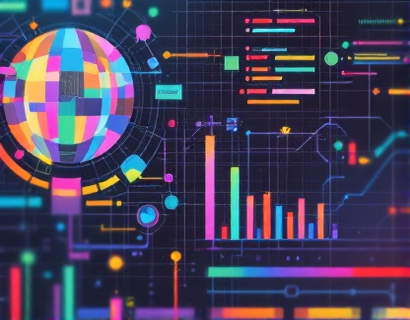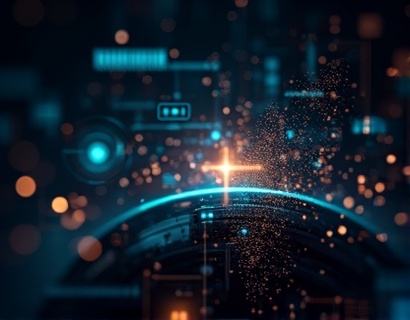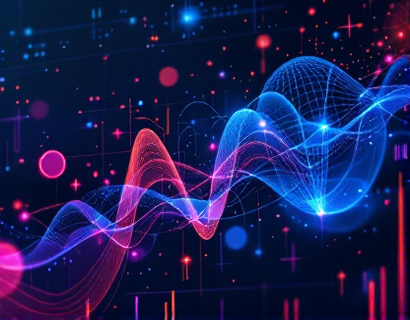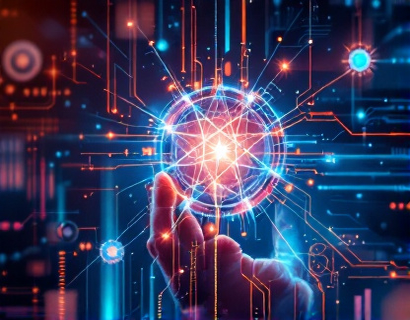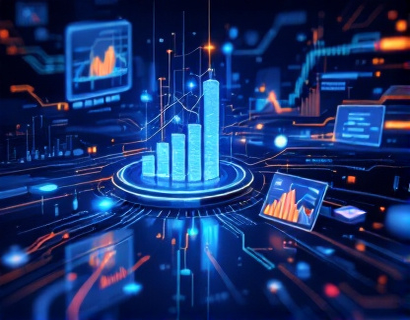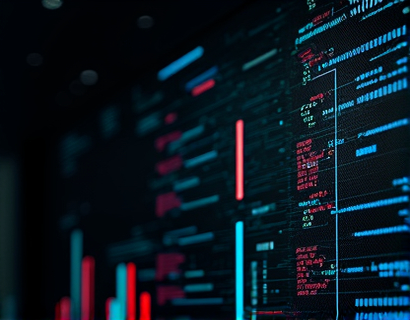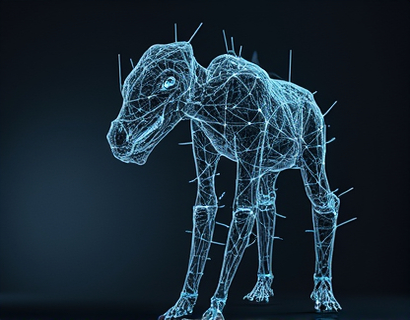AI and Crypto: Empowering Digital Transformation with Blockchain and Machine Learning for Next-Gen Solutions
The digital landscape is undergoing a significant transformation, driven by the convergence of artificial intelligence (AI) and cryptocurrency. This powerful combination is reshaping how we interact with technology, creating innovative applications that enhance user experiences and redefine the service landscape. As blockchain technology continues to evolve, the integration of machine learning and AI is paving the way for next-generation solutions that promise to revolutionize various industries.
The Intersection of AI and Cryptocurrency
Artificial intelligence and cryptocurrency are two of the most disruptive technologies of our time. AI, with its ability to analyze vast amounts of data and learn from it, complements the decentralized and secure nature of blockchain technology. Cryptocurrency, on the other hand, offers a new paradigm for financial transactions, enabling peer-to-peer exchanges without the need for intermediaries. Together, they create a robust framework for developing applications that are not only efficient but also secure and user-friendly.
Understanding Blockchain Technology
Blockchain is a distributed ledger technology that records transactions across multiple computers in a way that ensures the security and transparency of data. Each block in the chain contains a number of transactions, and once a block is filled, it is added to the chain in a linear, chronological order. This structure makes it nearly impossible to alter any information without the consensus of the network, providing a high level of security against fraud and cyberattacks.
The Role of Machine Learning in Blockchain
Machine learning, a subset of AI, involves the use of algorithms that allow computers to learn from and make predictions based on data. In the context of blockchain, machine learning can enhance the functionality of decentralized applications (dApps) by providing insights that improve decision-making processes. For instance, machine learning algorithms can analyze transaction patterns to detect anomalies, thereby enhancing security measures and reducing the risk of fraud.
Innovative Applications of AI and Blockchain
The convergence of AI and blockchain has led to the development of various innovative applications across different sectors. Here are some notable examples:
Decentralized Finance (DeFi)
DeFi platforms leverage blockchain technology to offer financial services without traditional intermediaries. AI can enhance these platforms by providing predictive analytics, risk assessment, and personalized financial advice, making DeFi more accessible and user-friendly.
Supply Chain Management
Blockchain provides transparency and traceability in supply chains, while AI can optimize logistics and inventory management. Together, they enable businesses to track products in real-time, reduce costs, and improve efficiency.
Healthcare
In the healthcare sector, blockchain can securely store patient records, while AI can analyze this data to provide insights into patient care and treatment outcomes. This combination can lead to improved healthcare services and better patient experiences.
Identity Verification
Blockchain technology can create secure digital identities, while AI can enhance the verification process by analyzing user behavior and patterns. This can significantly reduce identity theft and fraud in online transactions.
Enhancing User Experience with AI-Driven Solutions
As the digital landscape evolves, user experience has become a critical factor in the success of applications and services. AI-driven solutions can significantly enhance user experiences by providing personalized content, recommendations, and support. For instance, chatbots powered by AI can offer real-time assistance to users, answering queries and guiding them through processes seamlessly.
The Future of AI and Cryptocurrency
The future of AI and cryptocurrency is promising, with numerous opportunities for innovation and growth. As more businesses and individuals recognize the potential of these technologies, we can expect to see an increase in the development of AI-enhanced blockchain applications. This will not only improve efficiency and security but also create new business models and revenue streams.
Challenges and Considerations
Despite the numerous benefits of integrating AI and blockchain, there are challenges that need to be addressed. One of the primary concerns is the scalability of blockchain networks. As the number of transactions increases, maintaining speed and efficiency becomes a challenge. Additionally, the energy consumption associated with blockchain mining and transaction processing raises environmental concerns.
Another challenge is the regulatory landscape surrounding cryptocurrencies and blockchain technology. As governments and regulatory bodies work to establish frameworks for these technologies, businesses must navigate compliance issues while innovating and developing new solutions.
Conclusion
The convergence of AI and cryptocurrency is set to empower digital transformation across various industries. By leveraging the strengths of blockchain technology and machine learning, businesses can create innovative applications that enhance user experiences and redefine the service landscape. As we move forward, it is essential to address the challenges and considerations associated with these technologies to fully realize their potential. The future is bright for AI and cryptocurrency, and the possibilities are endless.




